Introduction: When Celluloid Bears Witness to the Truth
Hurricane Katrina Documentary : Some events in history are so horrific and profound that they cannot be confined to the pages of newspapers or a list of statistics. Their wounds, struggles, and indomitable human spirit require a powerful medium to experience them. In the case of Hurricane Katrina, that medium is the documentary. What happened that terrible August of 2005 was not just a hurricane; it was a complex narrative of nature’s wrath, administrative failure, and social injustice. And this narrative has been brought to life for people worldwide by countless filmmakers, journalists, and ordinary people who took up their cameras to capture the truth.
This article is not a review of any particular documentary but a composite image of numerous documentaries made around Hurricane Katrina. Instead of just showing pictures of destruction, we will see how these films reveal the human stories, political debates, and long-term effects that lie beneath.
1. Spike Lee’s epic: “When the Levees Broke: A Requiem in Four Acts”
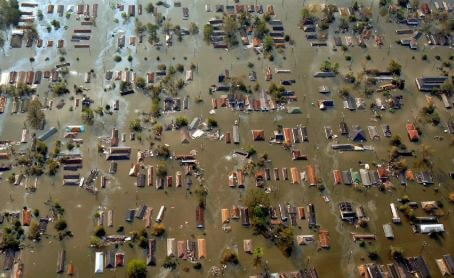
When it comes to documentaries about Hurricane Katrina, the name that first comes to mind is legendary director Spike Lee’s “When the Levees Broke.” This four-and-a-half-hour documentary series, produced by HBO, is not just a film; it is a requiem for the people of New Orleans and a powerful indictment of those in power.
Why is it so important?
- Depth and scope: This four-part series covers almost everything from the city before Katrina to the aftermath of the hurricane, the collapse of the levee, the unimaginable delays in the rescue effort, and its long-term political and social impact. Spike Lee interviewed everyone from New Orleans Mayor Ray Nagin and Louisiana Governor Kathleen Blanco to ordinary engineers, journalists, and the people affected.
- Human face: The strongest aspect of this documentary is its human appeal. Spike Lee takes the camera to the common people. We see a mother searching for her child, an older man crying over the loss of his life savings, and a musician lamenting the destruction of his beloved city. These faces, these stories, reveal the real truth behind the statistics.
- Exposing race and class inequality: Spike Lee fearlessly shows that this disaster was no accident. It was the result of decades of systemic racism and class inequality. The levees in the poor, black neighborhoods of the city were the weakest. These people were also the most neglected in the rescue effort. The film clearly shows that even in a developed country like America, the color of your skin and your financial situation can be the determinant of your life or death.
- Powerful music and imagery: The soul of New Orleans is its music. Spike Lee creates an emotional atmosphere using the music of jazz and blues legend Terrence Blanchard. The melancholy saxophone melody, combined with the scenes of devastation, connects the viewer with the city’s pain.
“When the Levees Broke” is not just a documentary; it is a historical document that will remind future generations of how terrible the consequences can be when nature’s wrath meets man’s injustice.
2. Disaster in the Eyes of the Ordinary: “Trouble the Water”
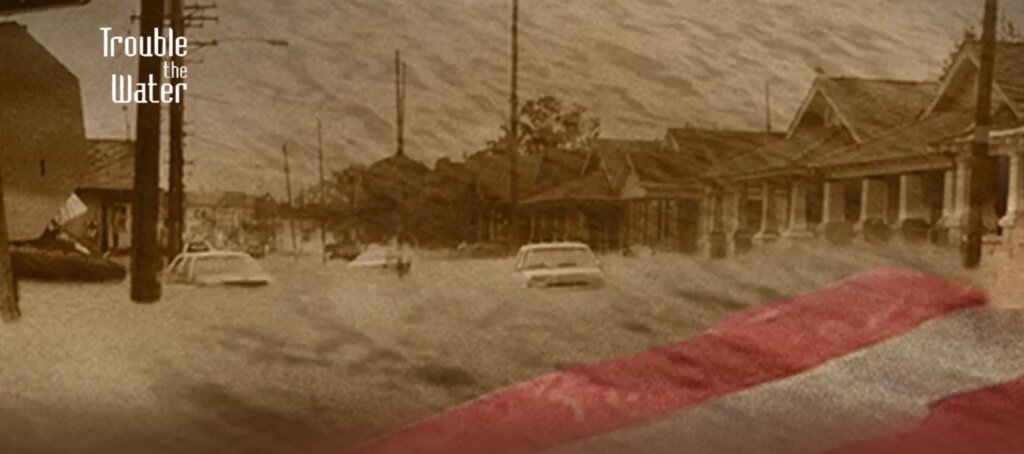
If Spike Lee’s work is an epic and expansive narrative, “Trouble the Water” is the opposite—a deeply personal and raw experience. This documentary is unique because it is largely filmed by an ordinary woman named Kimberly Rivers, who was stranded in the Ninth Ward of New Orleans during the hurricane.
How was this extraordinary film made?
Kimberly and her husband, Scott, bought a Handycam just before the hurricane hit. Kimberly turned on the camera as the storm began and the water rose around their home. She captured the panic of her neighbors, the rising water, and her helplessness. The footage is not the work of a professional cinematographer, but its honesty and immediacy transport the viewer directly into the situation.
Later, documentary filmmakers Tia Lessin and Carl Dill found this footage and combined Kimberly’s story with professional interviews and newsreels to create a full-length film.
Strengths of “Trouble the Water”:
- Citizen Journalism: This film is a remarkable example of citizen journalism. It shows that uncovering the truth doesn’t require a big budget or expensive equipment; it requires courage and honesty. The footage of Kimberly’s trembling hands is more powerful than any Hollywood movie.
- Personal Survival: The film takes us on Kimberly and Scott’s incredible journey of survival. The story of the inhumane conditions in the shelter, the lack of help from rescuers, and finally reaching a higher place through their efforts is breathtaking.
- Protest through music: Kimberly is not just an ordinary woman; she is an aspiring rapper whose stage name is “Black K.at.” At the film’s end, he performs a rap song about his experience, “Trouble the Water.” The song powerfully expresses his anger, pain, and protest.
The film was nominated for an Oscar for Best Documentary Feature and proves that the most powerful stories often come from the lives of ordinary people.
3. Other Notable Documentaries: Different Perspectives
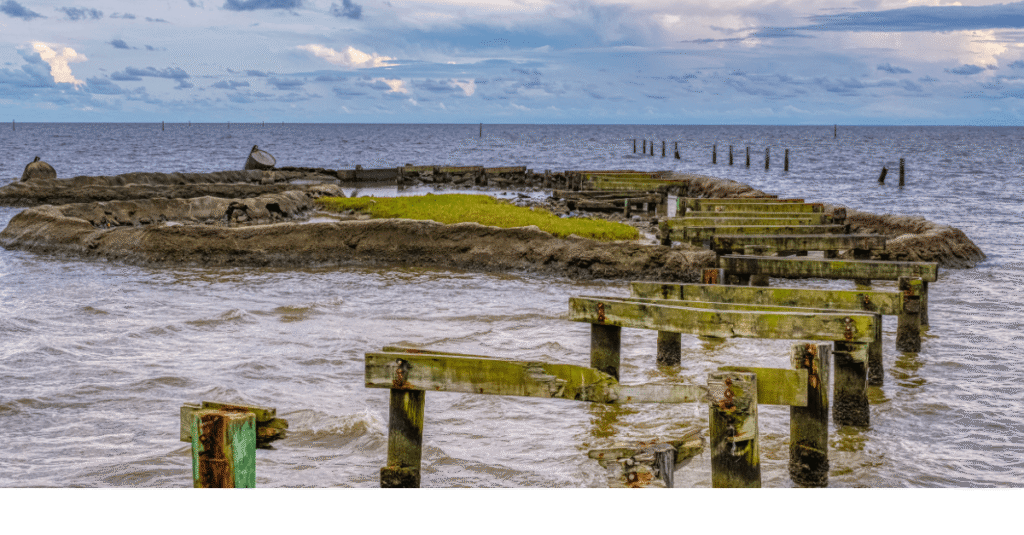
Many other important documentaries have been made about Katrina, which have presented different aspects of this great disaster.
“Katrina: A Closer Look” (National Geographic):
This documentary by National Geographic focuses more on the scientific and technical aspects of the event. Why did the levees fail? How did the hurricane become so powerful? Where were the engineering mistakes? —An attempt is made to find answers to these questions. It brings the science behind the event to a general audience in simple language.
“The Big Uneasy” (Director: Harry Shearer):
In this documentary, Actor and writer Harry Shearer raises a controversial but important question. He tries to show that the levees failed because of the hurricane’s force and serious corruption and negligence in their construction and maintenance. He tries to substantiate his claim with expert interviews and technical evidence.
“Desert Bayou” :
tells a little-known but very human story. After Katrina, about 600 African-American refugees were taken from Louisiana to an almost entirely white and Mormon area of Utah. It is a remarkable story of initial distrust, fear, and ultimately friendship and understanding between people from different cultures. This film shows how humanity can build bridges even in disaster.
“Faubourg Treme:
The Untold Story of Black New Orleans”: Although it is not directly about Katrina, this documentary is very important to understand. It highlights the rich history of Treme, one of the oldest black neighborhoods in America. Knowing this history makes it clear that New Orleans lost not just a few homes to Katrina, but a large part of its centuries-old black culture and heritage.
The Common Theme of Documentaries: The Truths That Recur
Although produced from such different perspectives, some common themes resonate throughout these documentaries, highlighting the true nature of Hurricane Katrina.
- Documentary of State Failure: Each documentary in one way or another highlights the abject failure of the US government, especially the Federal Emergency Management Agency (FEMA). The delays in the rescue effort, the inadequacy of relief, and the lack of coordination were glaring. These films raise the question of why the most powerful nation in the world failed so badly to protect its citizens.
- Reflection of Social Injustice: Katrina was like a social mirror, exposing the ugly face of racism and class inequality in American society. The documentaries clearly show that the impact of the disaster was not equal for everyone. The poor and black people suffered the most and received the least help.
- The Indomitable Power of Humanity: Amidst the devastation and despair, these films tell countless stories of human resilience, courage, and love for one another. Neighbors saved each other, thousands of volunteers rushed in from out of state, and artists expressed their protest and hope through art. These stories give us faith that humanity can rise like a phoenix from any rubble.
- Climate Change Warnings: Many documentaries have highlighted the dangers of climate change. Scientists have explained how warming oceans are making hurricanes stronger. Katrina was a powerful warning from nature, which these films have delivered to people worldwide.
Hurricane Katrina Documentary FAQs
Question 1: What is the best documentary about Hurricane Katrina?
Answer: It depends on personal preference. However, Spike Lee’s “When the Levees Broke: A Requiem in Four Acts” is often considered the best for its depth, scope, and artistic quality. For those who want a more personal and raw experience, “Trouble the Water” is a must-see film.
Question 2: Where can these documentaries be watched?
Answer: Many documentaries are available on HBO Max, Amazon Prime Video, YouTube, and other streaming platforms. Some documentaries are also available on DVD. You may also find parts or the entire film on educational or archival websites.
Question 3: Are the documentaries relevant only to American audiences?
Answer: Not. These documentaries are universal. They show how a natural disaster can become a social and political crisis. Issues like racism, social injustice, state failure, and climate change are relevant to people all over the world. There is much to learn from these films, especially for people in a disaster-prone country like Bangladesh.
Question 4: Is the experience of watching these documentaries very painful?
Answer: Many of the scenes in these films are very painful and uncomfortable. They are not easy to watch. But we can understand the truth through this pain and discomfort. Along with the images of destruction, they also contain stories of hope and human resilience, which ultimately inspire the viewer.
Question 5: Has the situation improved since Hurricane Katrina?
Answer: The answer to this question is complex. New Orleans has seen a lot of rebuilding since Katrina. Levees have been strengthened, and disaster preparedness is better than ever. However, many documentaries, such as Spike Lee’s sequel “If God Is Willing and Da Creek Don’t Rise,” have shown that social and economic inequality is still glaring. The benefits of reconstruction have not been shared equally. So while progress has been made, the struggle is not over.
Conclusion: When Memory Is a Tool for Resistance
The documentaries about Hurricane Katrina are not merely attempts to hold on to the past; they are warnings for the future. They keep our memories alive, lest we make mistakes. These films have taught us that the camera is not just a tool for taking pictures, but can be a powerful tool for uncovering truth, protesting injustice, and telling human stories.
These documentaries stand before us whenever a government tries to cover up its failures, whenever the media dismisses a disaster as a natural phenomenon. They stand as evidence. They serve as the voices of those 1,836 dead souls of New Orleans and the millions of displaced people.
When we watch these films, sitting anywhere in the world, we are not just witnessing the suffering of the people of New Orleans; we are confronting a collective crisis of human civilization. We learn that we must build our cities more equitably, protect our environment, and above all, hold each other’s hands in times of disaster. The greatest lesson of Hurricane Katrina is that we cannot survive alone. Our survival depends on each other. And Hurricane Katrina documentaries will remain forever relevant because they express this truth through the language of the camera.

Hi, I’m M Saif, a digital marketer with a strong focus on SEO and content writing. I help businesses improve their online visibility, drive organic traffic, and create engaging content that converts. With a results-driven approach, I work on strategies that not only boost rankings but also deliver real value to audiences.


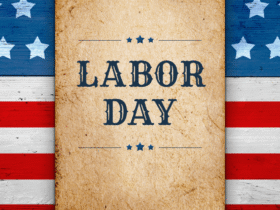
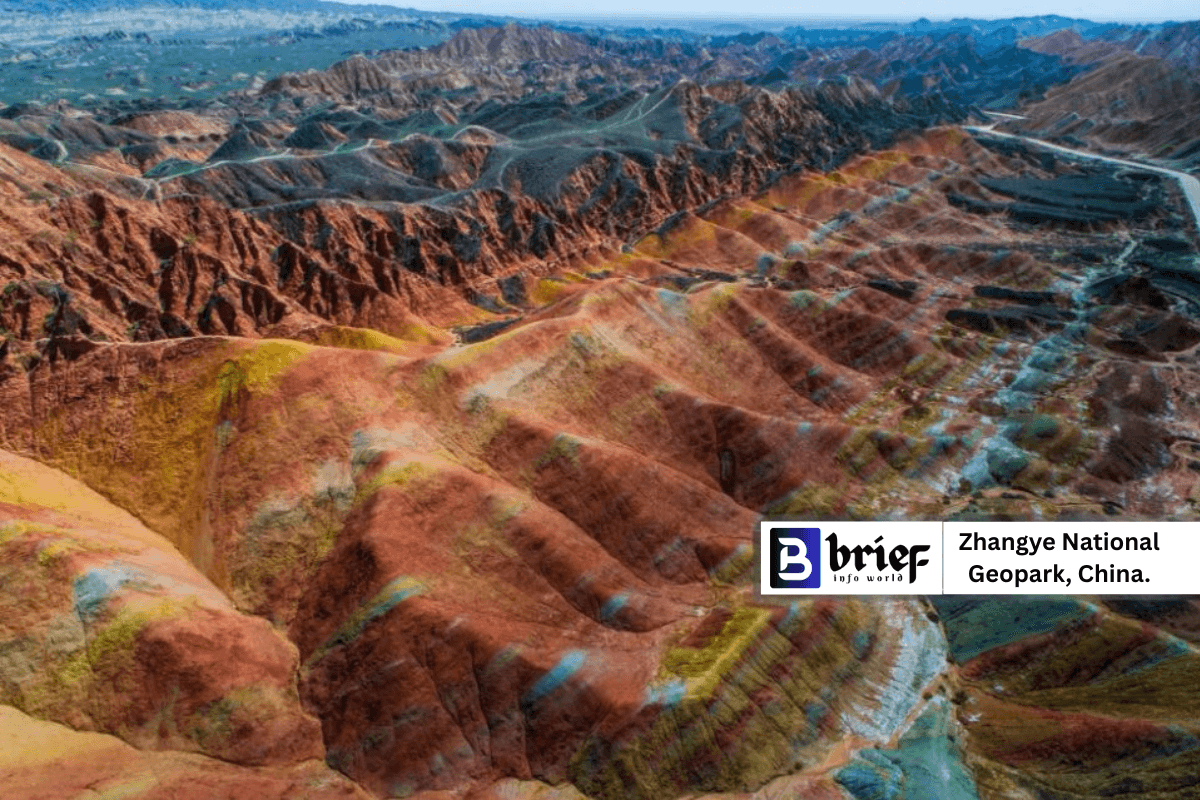





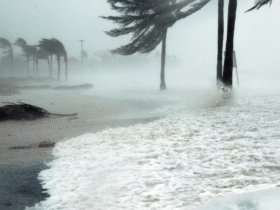

Leave a Reply